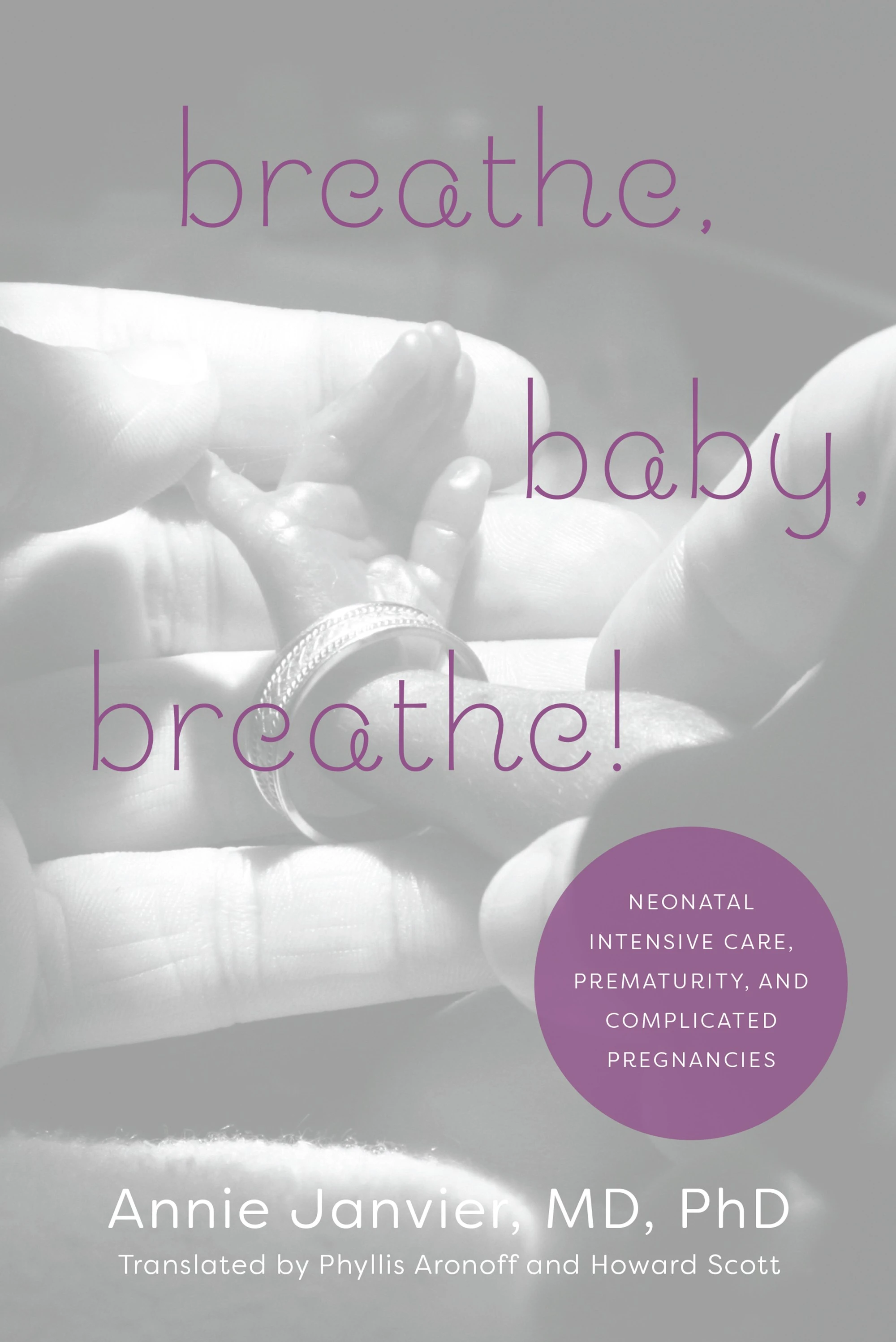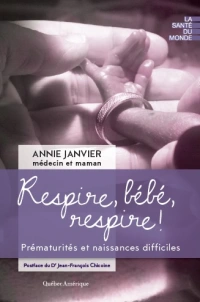When a baby has an apneic spell, we often respond by physically stimulating them. Usually they will start breathing again; but how does that work? If it is more than a coincidence (and I think it is, even though there are no randomized trials to prove that apneas are shorter when you shake them, compared to just waiting for them to start breathing again), then what is the mechanism that leads to babies restarting to breathe?
You might think that the mechanism is that they wake up, and breathe again because they are awake, but preterm babies have apneas regardless of their sleep state, in quiet or active sleep, or when they are awake. There is one study I am aware of (Thoppil CK, et al. Behavioural arousal in newborn infants and its association with termination of apnea. J Appl Physiol. 1991;70:2479.) which looked at this carefully analyzing videos of the babies, signs of arousal were only present a minority of the time when a baby terminated an apnea, and started breathing again: so arousal is not essential to restart breathing.
What else might be going on? Well the movement detectors in our muscles (proprioceptors) are known to be linked to the respiratory centers. Which is why sprinters start to increase their ventilation even before there is any detectable increase in oxygen consumption; just moving one’s limbs stimulates breathing!
Now a group has tested this by examining the effects of transcutaneous proprioception stimulation on respiratory pauses. (Kesavan K, Frank P, Cordero DM, Benharash P, Harper RM. Neuromodulation of Limb Proprioceptive Afferents Decreases Apnea of Prematurity and Accompanying Intermittent Hypoxia and Bradycardia. PLoS One. 2016;11(6):e0157349.)
The stimulation consisted of a battery driven vibrating pair of disks placed on a hand, and another on a foot. This was a short-term crossover study looking at the incidence of breathing pauses, and of longer apneas associated with hypoxia or bradycardia, using continuous recording of the signals from the bedside monitor, analyzed by an individual who was unaware of the (randomized) sequence of whether the device was switched on for 6 hours, or left off.
There were fewer pauses, fewer hypoxic spells and fewer bradycardias during the periods with the device vibrating.
Which suggests to me that when we stimulate a baby and they start breathing, they might be responding to a similar sort of pathway.
It’s also of course a potential active treatment for apnea of prematurity. Apnea is associated with worse outcomes in preterm babies, perhaps because of frequent hypoxia, and re-oxygenation (often including hyperoxia, which may be fairly prolonged).
My biggest question is whether the effect will be maintained, I can easily imagine that babies will habituate to the stimulation, and it may not have a persistent effect, but this very nicely done study could now easily be repeated with a much longer intervention period, to see if the reduction of apneas is maintained over a few days. If that does work, then wide introduction of this device could have significant benefits to our babies, and an RCT, probably as an add-on to babies already receiving caffeine, given the proven benefits of caffeine, would be important.
The device vibrates at 128 Hertz, which is about 1 octave below middle C (I think), in the future, ward rounds may be accompanied by a gentle buzzing from little discs stimulating our babies to breathe. I wonder if we tune them to different frequencies, and have a little symphony going on…








